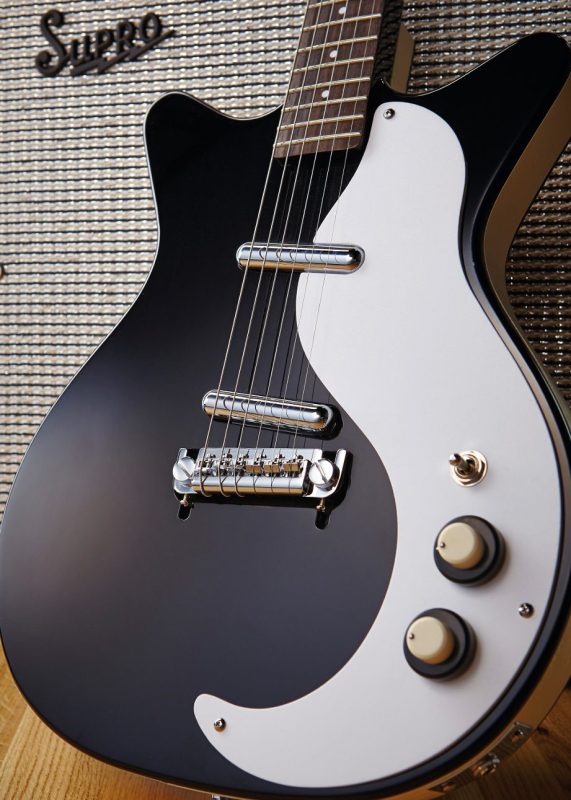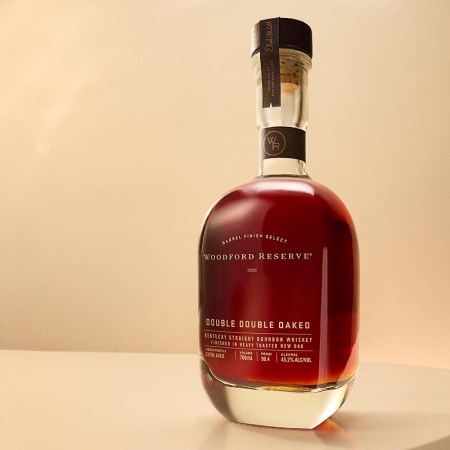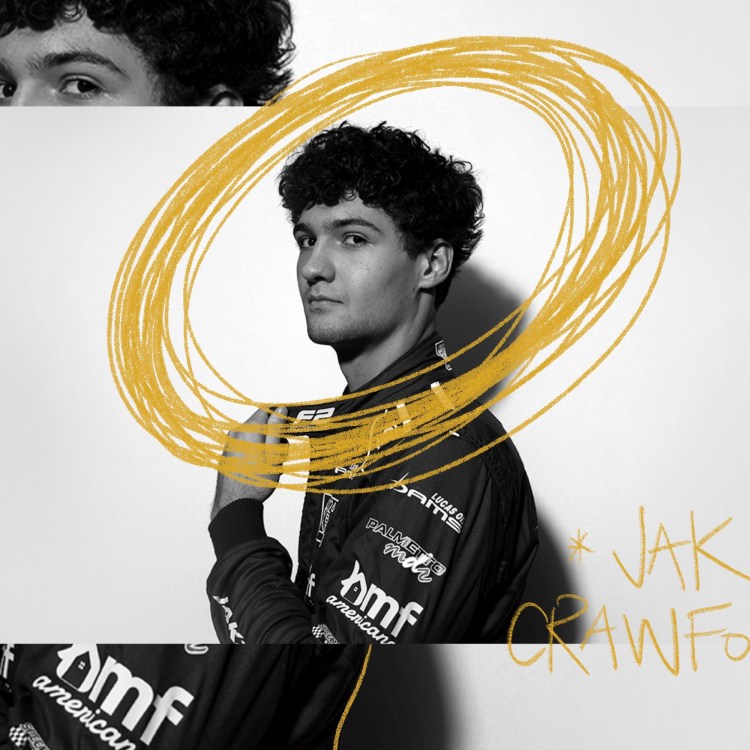If you ever bought or owned a Danelectro, Silvertone, or Airline brand guitar, you’re familiar with the work of guitar designer Nathan Daniel. Unlike Ted McCarty’s Gibsons and Leo Fender’s Fender guitars, Daniel’s designs were priced and marketed to the middle class, especially parents buying their kid’s first guitar.
Daniel’s career actually began with amplifiers. After working for Epiphone, he hung out his own shingle in 1946, selling amps he designed himself, and later developed the first ever large–scale amplifier manufacturing plant. He supplied Sears and Montgomery Ward with amps to be sold under their house brands; these were among the first to experiment with tremolo, reverb, and hybrid power systems.
In 1954, Daniel used those same department store connections to sell his electric guitars. His innovations, often made as cost-cutting solutions, included using metal neck reinforcements and metal nuts, neck micro–tilt adjustment, and his brand’s signature lipstick pickup.
Other innovations included round-wound bass strings, six–string basses, and baritone guitars, all of which were brought to market by Danelectro before anyone else. Danelectro also set standards for the mass production of electric guitars, and built a very profitable business model around selling them through large department stores as well as specialty music shops.
Even though Danelectro guitars are often thought of as the “cheap guitar” brand today, they were an introduction to guitars for entire generations of players, both amateur and professional. They’ve also had a resurgence in recent years; Jack White and the Black Keys’ Dan Auerbach both use Danelectro amps, and Jerry Jones’ line of Danelectro–inspired guitars are a favorite among Nashville session musicians.
—RealClearLife Staff
This article was featured in the InsideHook newsletter. Sign up now.









![Ulysse Nardin BLAST [AMOUREUXPEINTRE]; Shinola Circadian Monster 36; Chopard L.U.C LUNAR ONE; Tudor Black Bay Chrono Flamingo Blue; Mark II Fulcrum 39](https://www.insidehook.com/wp-content/uploads/2025/01/Watch-Header.png?resize=450%2C450)





![Ulysse Nardin BLAST [AMOUREUXPEINTRE]; Shinola Circadian Monster 36; Chopard L.U.C LUNAR ONE; Tudor Black Bay Chrono Flamingo Blue; Mark II Fulcrum 39](https://www.insidehook.com/wp-content/uploads/2025/01/Watch-Header.png?resize=750%2C500)







